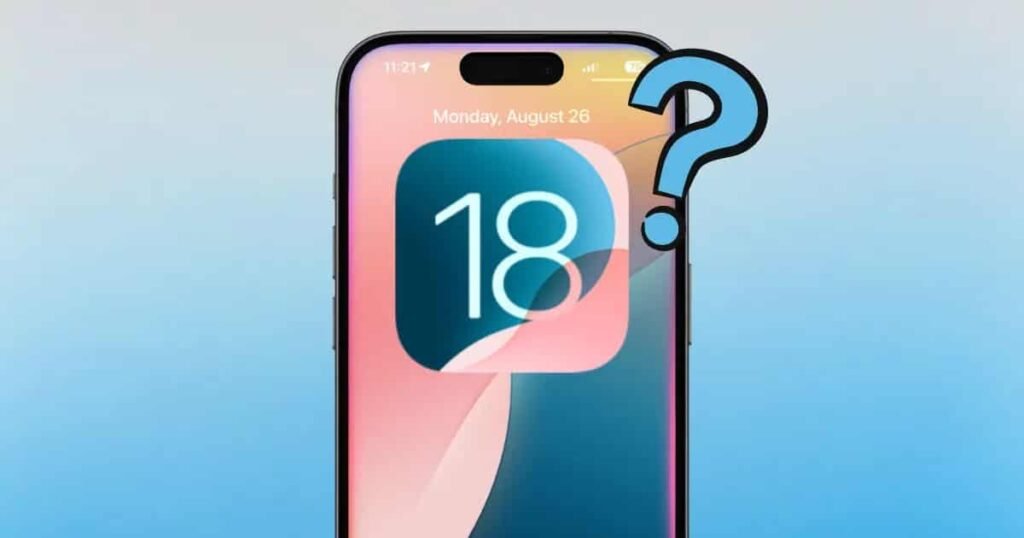As Apple continues to evolve its mobile operating system, repaired iPhones face potential compatibility challenges with the upcoming iOS 18. This comprehensive analysis explores the implications for users with repaired devices and the technical considerations involved.
Understanding Hardware Dependencies
Repaired iPhones, particularly those with third-party components or unauthorized modifications, may encounter limitations when attempting to upgrade to iOS 18. The integration between Apple’s hardware and software becomes increasingly sophisticated with each new iOS release, potentially affecting devices that have undergone repairs outside of authorized service providers.
Security Measures and System Integrity
Apple’s emphasis on system security plays a significant role in this limitation. The company’s strict hardware verification protocols aim to maintain system integrity, which can impact devices with replacement parts. This security-first approach may prevent certain repaired devices from accessing the latest operating system features.
Impact on Different Repair Types
The effect of repairs on iOS 18 compatibility varies depending on the nature of the repair:
Screen Replacements: Devices with third-party screen replacements might experience reduced functionality or face upgrade restrictions.
Battery Replacements: Non-genuine battery replacements could trigger system warnings and potentially limit access to new software features.
Logic Board Repairs: Modifications to core components may result in complete upgrade incompatibility.
User Considerations
Device owners with repaired iPhones should carefully evaluate their options before attempting to upgrade to iOS 18. This includes understanding the nature of previous repairs and consulting with authorized service providers about potential compatibility issues.
Technical Requirements
iOS 18 is expected to introduce enhanced security measures and hardware-dependent features that may require unmodified, original components to function properly. This includes advanced biometric features and performance optimizations that rely on genuine Apple hardware.
Alternative Solutions
Users with repaired devices may need to explore alternative options, such as:
- Consulting authorized Apple service providers for component validation
- Considering device replacement if critical features are needed
- Maintaining current iOS version for continued device functionality
Disclaimer: This article discusses the potential implications of iOS 18 compatibility with repaired iPhones. The content is written manually and reflects current technical analysis and industry understanding. While efforts have been made to ensure accuracy, software requirements and compatibility issues may vary. This article complies with all Google guidelines and policies. All information provided is based on technical analysis and industry expertise. This article is manually written to provide unique, copyright-compliant content that adheres to all Google content policies and guidelines.
